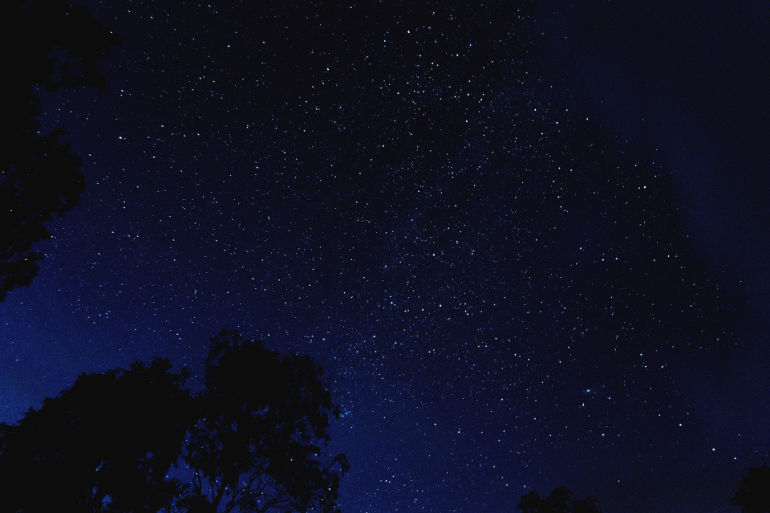Eco & Environment | Posted on February 28th, 2022 | return to news
Gaze at the night sky and count the stars
Dorset CPRE is urging people to take part in Star Count from 26 February to 6 March.

People in Dorset are being asked to look up at the stars.
Dorset CPRE (Campaign to Protect Rural England) is calling on residents to take part in Star Count, the country’s biggest annual citizen science project of its kind, which takes place from now until 6 March.
Dark night skies are a special quality of the Dorset AONB (Area of Outstanding Natural Beauty) and contribute to the areas sense of tranquillity and remoteness.
The Cranborne Chase AONB (overlapping the boundaries of Wiltshire, Dorset, Hampshire and Somerset) was designated an International Dark Sky Reserve in October 2019.
A combination of clear night skies and low levels of light pollution make Dorset one of the best places in the country for stargazing.
People are being asked to count the number of stars they see in the Orion constellation to help map the best and worst places in the UK to enjoy a star-filled night sky.
The results will be compared with 2021’s findings, gathered during lockdown, which revealed a notable drop in the number of people experiencing severe light pollution given urban areas were much quieter and fewer large buildings were in use.
A clear view of a star-filled night sky has a hugely beneficial effect on our mental health and, like access to other forms of nature, helps reduce stress and increase a sense of peace and wellbeing.
Research has even shown that regularly spending time looking at the stars can lower blood pressure and reduce depression.
Yet, the night sky, which is a hugely significant part of our natural environment, has no legal protection.
Tom Fyans, deputy chief executive of CPRE, said: “The night sky is one half of our experience of nature; but we don’t often think of it like that. In and of itself, it helps balance our mental health and boost our emotional wellbeing. Recollect that experience of a starry sky and you instinctively know it soothed you.
“But our view of the night sky – and all the benefits it undoubtedly brings – is being blotted out by light pollution. Like all forms of pollution, it is damaging our mental and physical health, and also having a severe impact on wildlife. Yet, it is a form of pollution that is allowed to increase year on year without any effort being made to control the damage it is causing.”
In 2021, over 7,000 people took part in CPRE’s Star Count. The proportion of people reporting ‘severe light pollution’, defined as 10 stars or fewer being visible to the naked eye in the Orion constellation, had declined from 61 per cent to 51 per cent. The proportion of ‘truly dark skies’, defined as over 30 stars being visible within the Orion constellation, had increased from three to five per cent. This was likely due to the count taking place during lockdown, with reduced levels of artificial light leading to a clearer view of the night sky.
Bob Mizon, of the British Astronomical Association’s Commission for Dark Skies, who lives in Colehill said: “The night sky is a great antidote to the stresses of modern life; you go out, look up and suddenly everything is calm. The stars made every atom in our bodies; they are our chemical parents. They’re intimately connected to us and even in these light polluted days people have a real desire to see the stars.
“Just as we have an affinity with trees and the rest of nature, we have a connection to the night sky. It is literally 50 per cent of our environment – from east to west – and it is the only part of our environment that has no protection in law. People are very rapidly coming to the conclusion that what we do to the environment has a direct impact on our wellbeing. The same as coral reefs dying off and rivers clogged with plastic bags – one more aspect of our impact on the environment is our pollution of the night sky and yet it is completely unprotected.”
Please share post:









